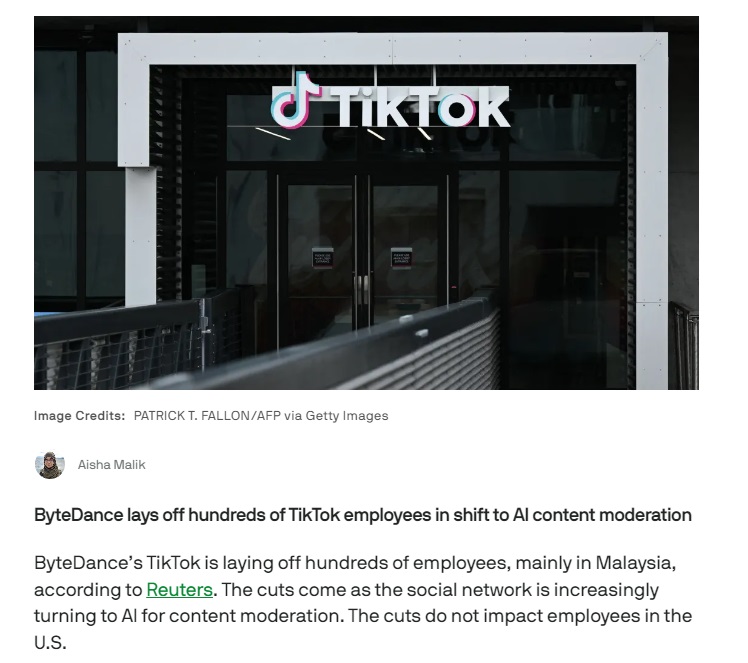Mattel’s Q3 earnings call this week did more than share financials: it revealed how supply chain agility is becoming one of the most decisive factors in global retail. With tariffs shifting, order windows tightening, and consumer behavior evolving faster than production cycles, agility isn’t just an advantage. It’s the foundation for survival in a volatile trade landscape.
TL;DR
Mattel’s latest results underscore three key lessons for retailers and manufacturers:
- Trade policy uncertainty shapes timing as much as cost.
- Communication is the new logistics.
- Inventory quality now matters more than quantity.
The future of retail belongs to those who turn supply chain agility into a competitive edge.
Supply Chain Agility and Trade Policy Uncertainty
Mattel’s leadership discussed how shifting U.S.–China trade dynamics continue to drive strategic recalibration. Companies are diversifying sourcing and production to navigate ongoing tariff risks.
Retailers are shortening order windows and moving from direct imports toward just-in-time domestic shipping. For manufacturers, that means taking on greater inventory responsibility and managing tighter cash flow cycles. Supply chain agility now depends on the ability to reallocate production, manage regional inventory hubs, and forecast demand with minimal lag.
Supply Chain Agility in Communication and Coordination
In an environment of trade uncertainty, communication has become as important as logistics. Harvard Business Review notes that real-time coordination across suppliers and retailers improves both resilience and efficiency.
Mattel’s executives described how weekly POS (point-of-sale) tracking and data sharing are now core to managing volatility. The feedback loop between manufacturer and retailer has tightened dramatically. When retailers update forecasts weekly, manufacturers must pivot immediately to align production, packaging, and shipping.
Supply Chain Agility and Inventory Quality
The quality of inventory, and how well it aligns with true market demand, has become more valuable than stock volume. Major retailers, including Target and Hasbro, are reducing bulk stockpiles and using predictive analytics to align inventory with shifting demand.
Mattel is applying similar principles, focusing less on quantity and more on precision: what’s in inventory must move quickly. That means tighter feedback loops between market signals, production schedules, and retail shelf space. Another hallmark of supply chain agility.
Supply Chain Agility as a Strategic Lever
The supply chain is no longer just a cost center; it’s a lever of competitiveness. Companies that can balance cost, responsiveness, and visibility will lead in the next retail cycle. Supply chain intelligence is now as critical as marketing strategy.
Agility enables brands to adapt to demand shocks, regulatory changes, or geopolitical shifts without losing margin. In practice, this means integrating data from customs, logistics, and retail in near-real time, building local manufacturing capacity, and maintaining flexible supplier contracts.
FAQs
What does supply chain agility mean in retail?
It’s the ability to quickly adjust production, sourcing, and logistics based on real-time market and policy shifts.
Why does trade policy uncertainty matter for retailers?
Changing tariffs and shipping regulations affect production costs, timing, and order patterns, requiring agile systems to adapt.
How can manufacturers stay agile?
Through better forecasting, closer communication with retailers, and diversification of suppliers and production locations.
What is inventory quality?
It refers to how closely inventory aligns with actual market demand, reducing waste and markdowns.
Conclusion
Mattel’s Q3 discussion highlights a truth that extends beyond toys: supply chain agility is the new competitive moat. The companies that thrive will be those that turn communication, foresight, and adaptability into operational muscle. In a volatile world of global trade, the real strategy is how fast you can move when the rules change.
Related content you might also like:
- Tariffs Impact on Supply Chain Drives P&G’s Strategy Shift
- Tariff Resilience Strategies: Lessons from TJX’s Agile Playbook
- Tech Supply Chain Looking at Excess Inventory
- The Rise of AI-Generated Brand Ambassadors
- Are Apple’s Strong iPad Numbers Just a Supply-Chain Story?



